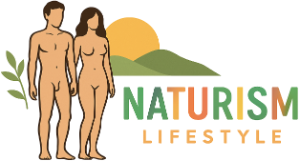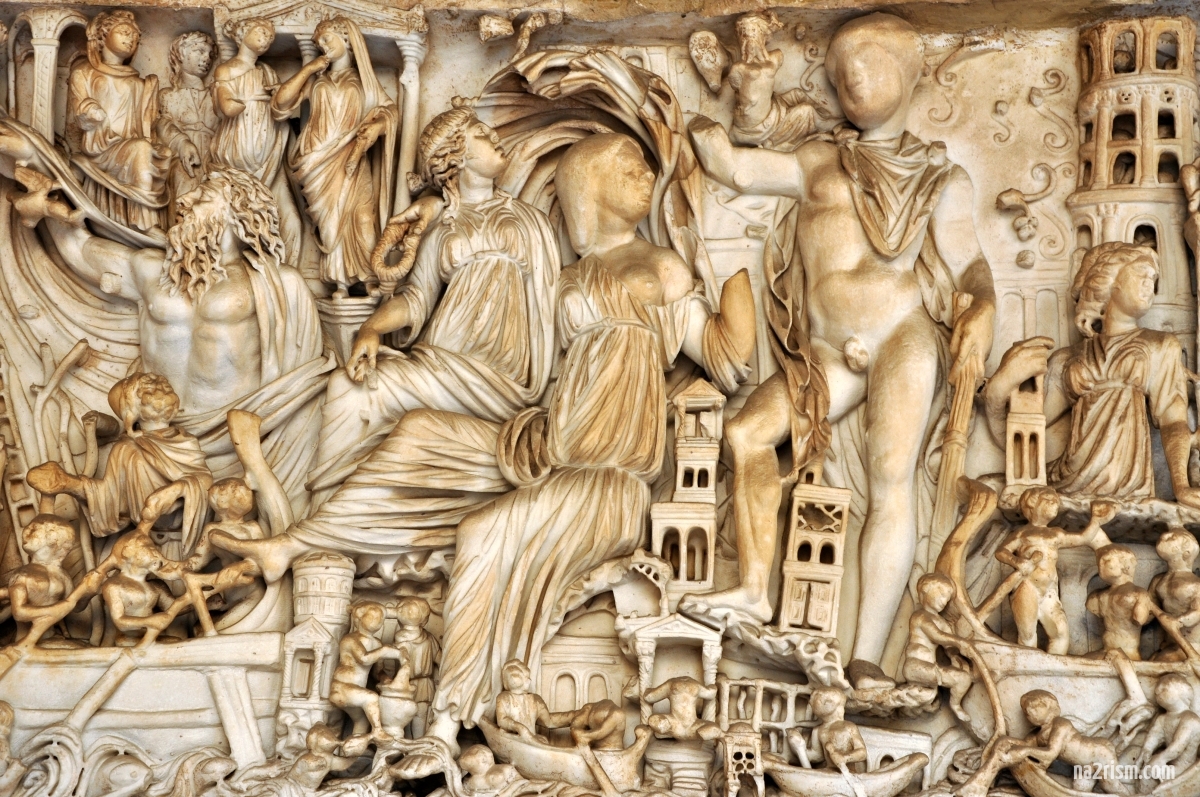The Historical Connection Between Art and the Human Form
Art and the human body have been intertwined since the dawn of civilization. From the earliest cave paintings that depicted the human form in simplistic yet profound ways, to the classical sculptures of ancient Greece, the nude has been a central subject in artistic expression. In these early works, the human body was not just a figure to be depicted but a symbol of deeper meaning, representing everything from the divine to the mundane aspects of life. As civilizations evolved, so did the portrayal of the human body, becoming more sophisticated and reflective of the cultural, philosophical, and spiritual beliefs of the time.
In ancient Greece, the human body was celebrated in art as the epitome of physical perfection. Sculptors like Phidias and Polykleitos created works that sought to capture the ideal proportions and beauty of the human form, a tradition that would influence Western art for centuries. The portrayal of the nude in Greek art was not merely an exercise in aesthetics but also a reflection of the society’s values, where physical beauty was equated with moral and intellectual excellence.
The Renaissance period further solidified the importance of the nude in art, with artists like Michelangelo and Leonardo da Vinci exploring the human form with a level of detail and reverence that had never been seen before. For these artists, the body was a vessel for expressing the complexities of the human experience, from the divine grace of religious figures to the raw emotion of the human condition. The nude became a powerful tool for exploring themes of life, death, and everything in between, cementing its place as a central subject in the world of art.
The Emergence of Naturism and Its Influence on Artistic Expression
Naturism as a modern movement began to take shape in the early 20th century, advocating for a lifestyle that emphasized living in harmony with nature, including the practice of social nudity. This movement resonated with artists who saw naturism as a way to reconnect with the natural world and explore the human form in its most authentic state. For many artists, naturism offered a sense of liberation from the societal norms that often dictated how the body should be perceived and represented.
In embracing naturism, artists were able to approach their work with a newfound sense of freedom and authenticity. The practice of creating art while nude or using nude models who shared the naturist philosophy allowed for a more relaxed and natural creative process. This setting fostered a deeper connection between the artist and their subject, resulting in works that were more intimate and genuine. The absence of clothing removed the barriers between the artist and the model, leading to a more honest portrayal of the body that was not influenced by societal conventions or expectations.
The natural environment also played a significant role in this creative process. Many naturist artists preferred to work outdoors, surrounded by the beauty and tranquility of nature. This setting not only provided inspiration but also reinforced the connection between the human form and the natural world. The result was art that was deeply rooted in the environment, where the body and the landscape were in harmony, creating a visual dialogue that resonated with viewers on a primal level.
The Role of Naturism in Challenging Societal Norms and Stereotypes
One of the most profound impacts of naturism on art is its ability to challenge societal norms and stereotypes about the human body. In a world where the nude form is often sexualized or objectified, naturism offers an alternative perspective that is both respectful and empowering. Artists who embrace this philosophy are more likely to create works that celebrate the body in all its diversity, acknowledging the beauty in imperfection and the uniqueness of each individual.
This approach to art fosters a more inclusive and compassionate view of humanity. By rejecting the narrow standards of beauty that are often imposed by society, naturist artists can explore the human form in a way that is free from judgment and prejudice. This allows for a more honest and nuanced portrayal of the body, where every curve, wrinkle, and blemish is celebrated as part of the individual’s unique identity. The result is art that not only challenges societal expectations but also encourages viewers to reconsider their own perceptions of the body.
In addition to promoting body positivity, naturism also challenges the traditional roles and stereotypes that are often associated with gender and sexuality. By presenting the body in a natural and non-sexualized context, naturist art can subvert the conventional narratives that often dictate how men and women should be portrayed. This creates space for more diverse and authentic representations of gender, where individuals are depicted as they truly are, rather than how society expects them to be.
The Impact of Naturism on the Artist’s Creative Process
The practice of naturism can have a profound impact on the artist’s creative process, leading to a more spontaneous and fluid approach to art. When artists are comfortable in their own skin, they are more likely to take risks, experiment with new ideas, and push the boundaries of their creativity. This freedom to explore without fear of judgment or rejection is a powerful catalyst for artistic innovation.
Working in a naturist environment allows artists to focus entirely on their work, free from the distractions of self-consciousness or societal expectations. This can lead to a more immersive and intense creative experience, where the artist is fully engaged with their subject and the act of creation. The result is art that is not only technically proficient but also deeply personal and emotionally resonant.
Furthermore, naturism encourages a holistic approach to creativity, where the body is not just an object to be depicted but an integral part of the creative process. For many naturist artists, the act of creating art is a form of meditation, where the mind and body are in sync, and the boundaries between the artist and their work begin to blur. This state of flow can lead to some of the most powerful and transformative artistic experiences, where the artist is able to tap into a deeper level of creativity and produce work that is truly original.
The Viewer’s Experience: Understanding Art Through a Naturist Lens
Naturism not only influences the artist’s approach to their work but also impacts the viewer’s experience of art. When nudity is presented in a naturist context, it is stripped of the connotations that society often attaches to it. The viewer is invited to see the body not as an object of desire or shame, but as a natural and essential part of the human experience. This shift in perspective can be transformative, encouraging a deeper appreciation for the art and a more profound understanding of the themes it explores.
By removing the societal taboos associated with nudity, naturist art allows viewers to engage with the work on a more personal and emotional level. The human form is no longer seen as something to be hidden or censored but as a powerful symbol of life, vitality, and the human spirit. This can lead to a more authentic and meaningful connection between the viewer and the artwork, where the true essence of the human experience is revealed.
Naturism also challenges viewers to confront their own beliefs and attitudes about the body. In a world where the media often dictates unrealistic standards of beauty, naturist art offers an alternative view that is both refreshing and empowering. By presenting the body in its natural state, free from the influence of societal expectations, naturist art encourages viewers to embrace their own bodies and appreciate the diversity of the human form.
Expanding the Boundaries of Artistic Expression
The impact of naturism on creativity is not limited to visual arts but extends to other forms of artistic expression as well. Writers, musicians, and performers who embrace naturism often find that it enhances their connection to their craft. The sense of liberation and authenticity that comes with being in a naturist environment can lead to more honest and emotionally resonant work.
For writers, naturism can provide a new perspective on themes of identity, body image, and the human experience. By embracing the principles of naturism, writers can explore these themes in a way that is both personal and universal, creating stories that resonate with readers on a deep and emotional level. The act of writing in a naturist environment can also be a form of self-expression, where the writer is free to explore their thoughts and emotions without the constraints of societal expectations.
Musicians and performers who practice naturism often find that it enhances their connection to their audience. The act of performing while nude can create a powerful sense of vulnerability and authenticity, allowing the performer to connect with their audience on a more personal level. This can lead to performances that are more emotionally charged and impactful, where the true essence of the artist’s message is conveyed.
The Future of Naturism and Art
As society continues to evolve, the relationship between naturism and art will undoubtedly continue to inspire and challenge artists to explore new horizons. The principles of naturism offer a powerful framework for artistic expression, where the body is celebrated as a natural and essential part of the human experience. This philosophy has the potential to transform not only the way art is created but also the way it is experienced and understood by viewers.
In a world where the human body is often commercialized and objectified, naturist art offers an alternative that is both respectful and empowering. By embracing the principles of naturism, artists can create works that are not only beautiful but also deeply meaningful, challenging societal norms and encouraging viewers to see the body in a new light.
The future of naturism and art is one of exploration and discovery, where the boundaries of artistic expression are continually pushed and expanded. As more artists embrace the principles of naturism, we can expect to see a new wave of creativity that is both innovative and transformative, where the human form is celebrated in all its diversity and beauty. The impact of naturism on creativity is a testament to the power of the human body and the natural world as sources of inspiration, and its influence will continue to shape the future of art for generations to come.

